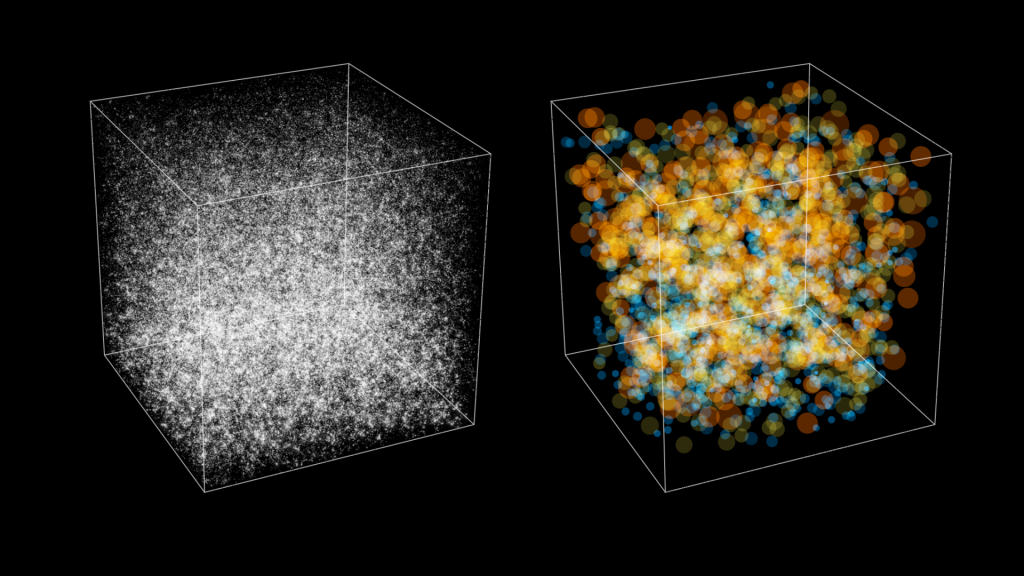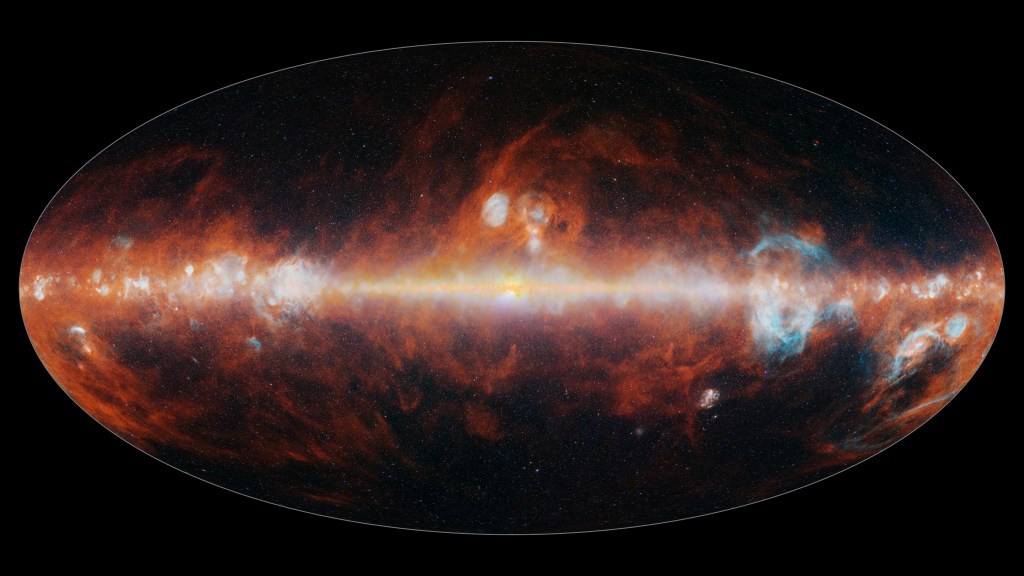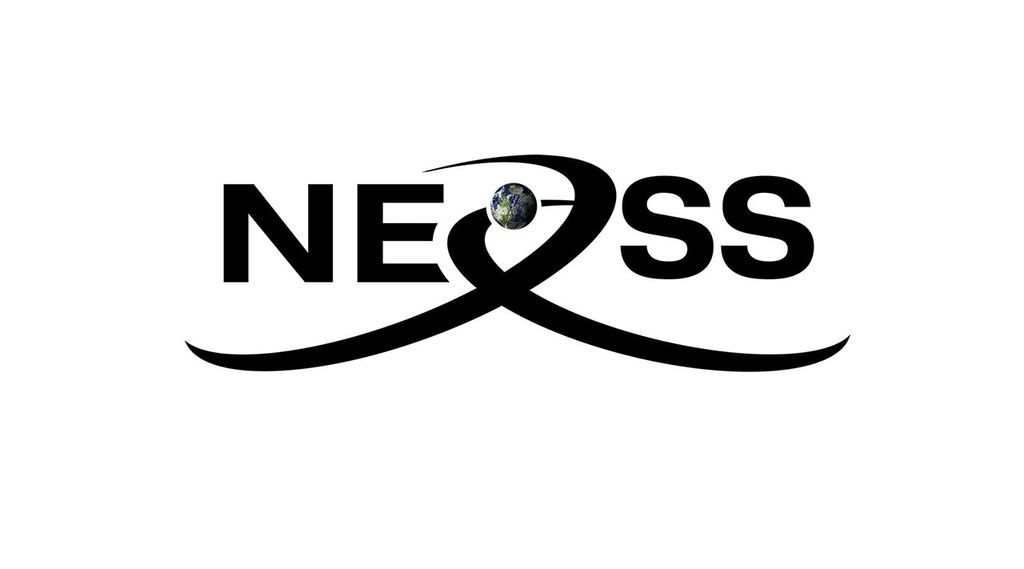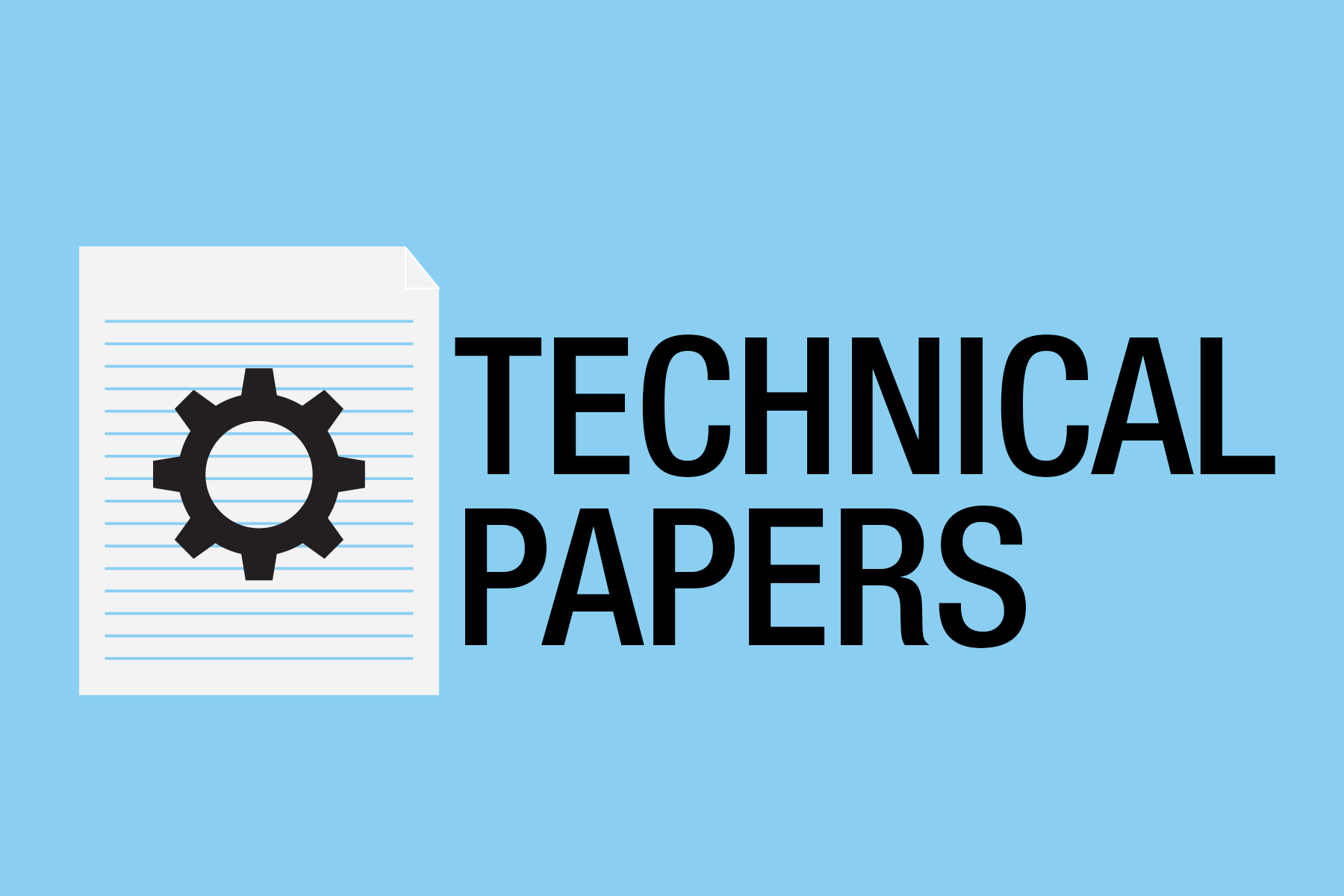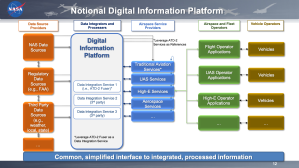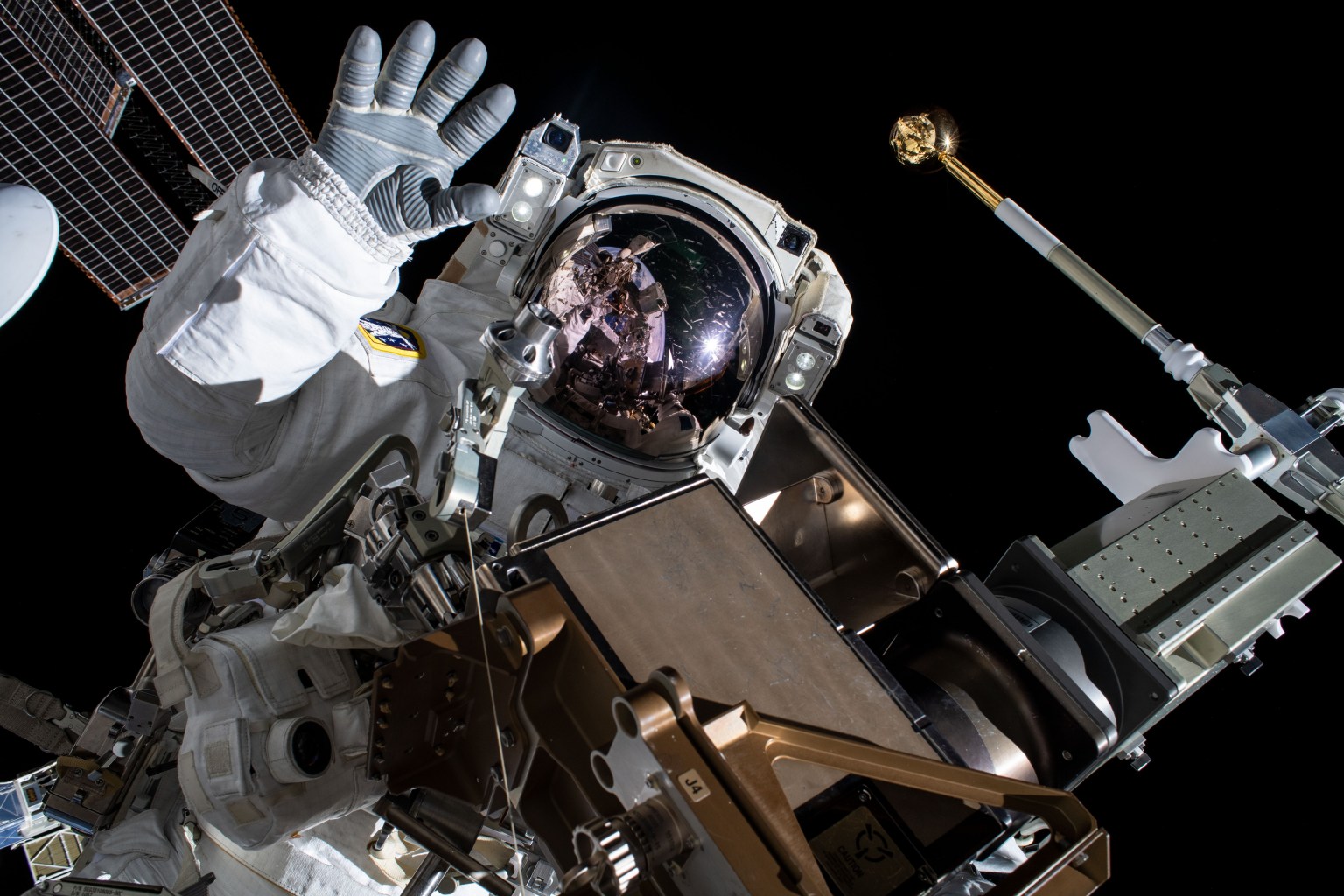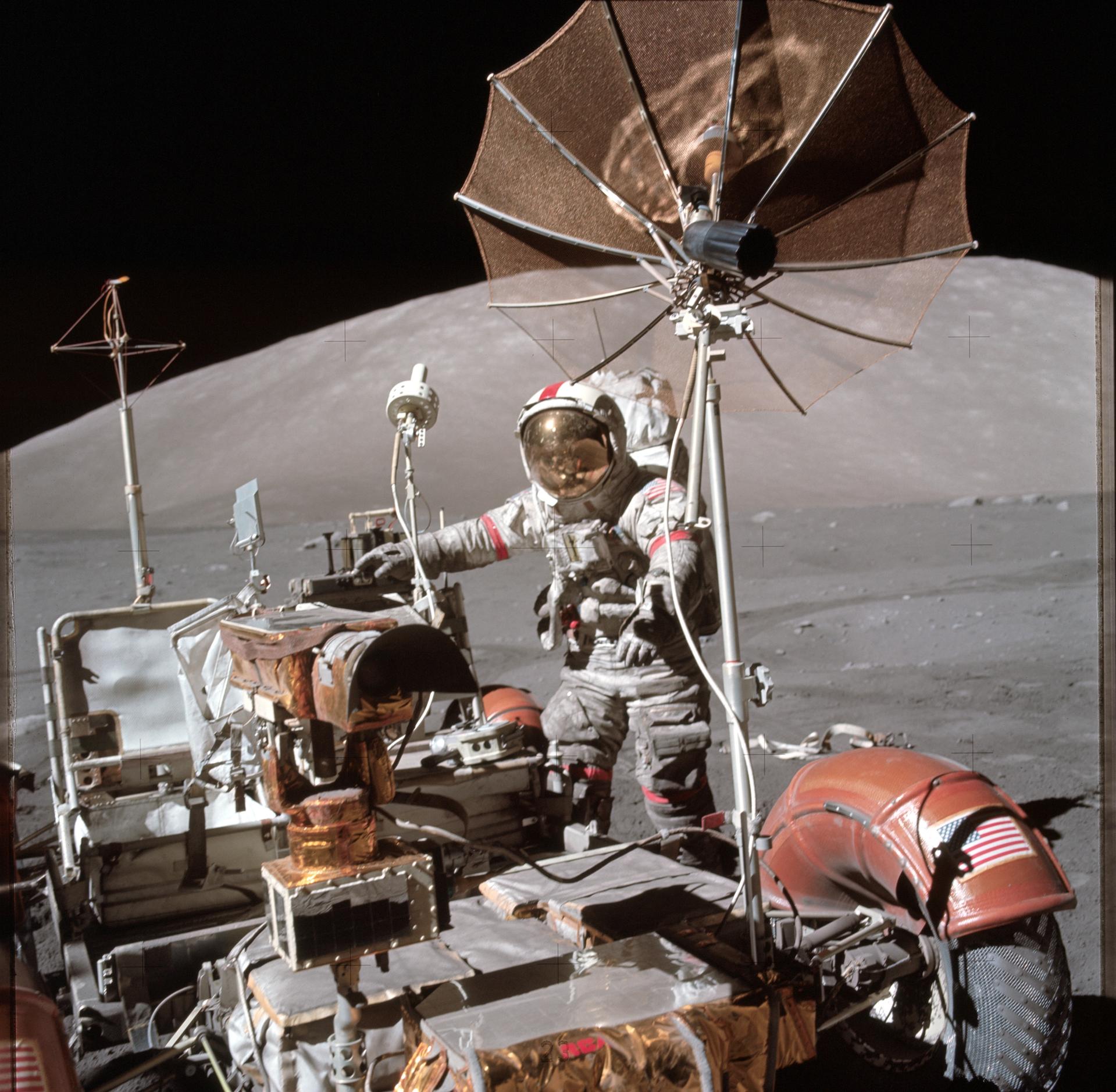2025
Aviation-Specific Large Language Model Fine-Tuning and LLM-as-a-Judge Evaluation
Published: July 21, 2025
Authors: Kathleen Ge, NASA Ames Research Center; William J. Coupe, NASA Ames Research Center
Abstract: This paper presents a scalable approach to improve domain-specific understanding by developing an aviation-focused large language model (LLM). While recent LLM advancements, like supervised fine-tuning (SFT) and reinforcement learning with human feedback (RLHF),have improved general conversational abilities, these methods are costly and difficult to scale in aviation due to limited labeled data. To address these challenges, we applied a self-supervised fine-tuning approach to provide responses to aviation-related query generation without requiring human-labeled question-answer pairs. During fine-tuning, we incorporated the LLM-as-a-judge framework to automatically identify the optimal training parameter combinations. Additionally, to evaluate model performance, we leveraged the same LLM-as-a-judge framework by utilizing a larger LLM to assess the responses generated by both the base and fine-tuned models on aviation-specific questions. This methodology provides a scalable, automated, and high-quality solution for domain-specific language modeling in aviation.
Extrapolating the Sustainability Benefits of Collaborative Digital Departure Reroute
Published: July 21, 2025
Authors: Shannon Zeliniski, NASA Ames Research Center; Heather Arneson, NASA Ames Research Center; Swati Saxena, NASA Ames Research Center; Dan Howell, Regulus Group
Abstract: A method for extrapolating the benefits and delay savings of NASA’s Collaborative Digital Departure Reroute (CDDR) technology to major terminal areas across the National Airspace System is developed and initial results presented for a year’s worth of flight departures for 10 of the busiest terminal areas in the US. Features related to route options, delay, and weather impact are derived from Coded Departure Routes (CDR) and Aviation System Performance Metrics (ASPM) and used to predict the counts of CDDR proposed flight reroutes. Machine Learning (ML) and Linear Regression models are independently developed and trained on a year of data from CDDR deployed at the Dallas Fort-Worth terminal. Similarity in yearly count prediction trends between these two models when applied across 10 terminal areas lends confidence to the methodology. Estimates of delay per flight for each terminal area are then combined with the CDDR reroute count predictions to derive yearly benefits in terms of delay and fuel savings.
Shadow Evaluation of Real-Time Machine Learning Services in the Houston Airspace
Published: June 24-27, 2025
Authors: William J. Coupe, Ames Research Center Mountain View; Alexandre Amblard, Crown Consulting, Inc.; Sarah Youlton, Crown Consulting, Inc.; Matthew Kistler, Mosaic ATM
Abstract: NASA is conducting a series of field evaluations between 2022 through 2030 to develop and demonstrate, in an operational environment, new technologies supporting efficient airspace operations. As part of the evaluations, NASA deployed the Machine Learning Airport Surface Model to enable predeparture Trajectory Option Set rerouting in the North Texas airspace. After a successful field evaluation in North Texas, the Houston airspace was selected as a new location to validate scalability of the approach and benefits. This paper provides shadow mode validation results of the Machine Learning Airport Surface Model running in the Houston airspace. Shadow mode consists of the system running passively in real-time while generating predictions for departures and arrivals, but without users acting on system recommendations. The shadow evaluation is an important step towards validation to ensure behavior of the system and machine learning algorithms running in real-time matches results generated in offline training.
2024
Towards Sustainable Aviation with Efficient Airspace Operations
Published: September 9, 2024
Authors: Jeremy Coupe, NASA Ames Research Center; Swati Saxena, NASA Ames Research Center
Abstract: In November 2021, the Federal Aviation Administration published the United States Aviation Climate Action Plan to accelerate innovation across the U.S. aviation ecosystem. In response, NASA has established the Sustainable Flight National Partnership to engage with industry, academia, and other agencies to accomplish net-zero carbon emissions by 2050. As part of the SFNP Mission, NASA is conducting a series of real world operational demonstrations in the current National Airspace System with a focus on delivering real world sustainability benefits. This paper presents the current work and future plan for the SFNP Ops Demo Series and describes the cloud based infrastructure used for virtual deployment of decision support tools to flight operators and Air Traffic Controllers to help improve operational efficiency of the National Airspace System. Validation results are shared along with the key sustainability benefits such as jet fuel savings and reduction in CO2 emissions. The operational efficiency metrics such as delay savings are also reported.
A Comparative Study of Contrail Frequency Indices and GOES-16 Contrail Data Set
Published: July 29, 2024
Authors: Ryan O’Hara, Universities Space Research Association; How K. Ng, NASA Ames Research Center; Swati Saxena, NASA Ames Research Center
Abstract: Contrail formations have been shown to contribute to the greenhouse effect: they are practically transparent to incoming solar radiation and do little to reflect heat away from Earth but are highly effective at trapping heat within Earth’s atmosphere. To understand the impact contrails have on climate change, contrail frequency indices (CFIs) can be used as a method to quantify aircraft-induced persistent contrails. These indices are capable of tracking long-term contrail formation and identify regions of airspace with the highest contrail formation rates. In this aper, an algorithm is proposed which is capable of using NASA Sherlock and Global Forecast System (GFS) datasets and computing CFIs over large geographic regions and long temporal intervals using NASA Ames’ High-End Computing Capability (HECC) supercomputing system. CFIs are computed using nowcast weather data and previously flown flight tracks. This paper calculated the CFIs of all twenty Air Route Traffic Control Centers in the National Airspace System on October 28th, 2019 and compared the distribution of non-zero CFIs with observed contrail data collected from GOES-16 Satellite data in order to assess the accuracy of the CFI system as a contrail prediction model. It was ultimately determined that the computed CFIs were broadly distributed in the same way as the GOES-16 contrail data and that the individual CFIs computed at the latitude/longitude points at which GOES-16 contrail masks were available had high precision and recall (at 0.75 and 0.86 respectively). While these validation results bode well for the accuracy of the CFI method, the number of provided GOES-16 masks was quite small. Future work should aim to increase the size of the GOES-16 dataset in order to perform a more comprehensive comparison between these two datasets.
Quality of Candidate Flights and Submission Prediction in Collaborative Digital Departure Reroute
Published: January 8, 2024
Authors: Sarah Youlton, Universities Space Research Association; Alexandre Amblard, Universities Space Research Association; William J. Coupe, NASA Ames Research Center
Abstract: Collaborative Digital Departure Reroute (CDDR) enables the reroute of flights using a flight operator proposed set of alternative route options, referred to as Trajectory Option Set (TOS), in order to reduce delay on the airport’s surface and in the Metroplex environment. The reroute functionality is enabled through NASA’s Digital Information Platform (DIP). TOS candidate flights are defined as flights with an alternative route with delay savings greater than the flight operator defined relative trajectory cost. This paper analyzes the TOS candidate flights at Dallas/Fort Worth International Airport (KDFW) in the North Texas Metroplex to gain insight into which candidate flights are higher quality through a scoring method. This insight will inform refinements to help CDDR focus on high quality reroute opportunities. Binary classification models for predicting the flight operator’s submission of candidate flights are also explored in this paper.
2023
Machine Learning Airport Surface Model
Published: October 1, 2023
Authors: William J. Coupe, NASA Ames Research Center; Alexandre Amblard, Universities Space Research Association; Sarah Youlton, Universities Space Research Association; Matthew Kistler, Mosaic ATM
Abstract: Future needs of the National Airspace System re- quire decision support tools to adopt a service-oriented architec- ture in alignment with the FAA’s vision for an Info-Centric NAS. To achieve this, many existing systems will need to undergo a digital transformation from a monolithic decision support tool to a service-oriented architecture where individual services are ex- posed through well defined Application Programming Interfaces (APIs). To enable this transformation, NASA has developed the Digital Information Platform as a cloud based foundation for development of aviation services with a special focus towards Artificial Intelligence and Machine Learning (ML) services. This paper describes the work required for the transformation of NASA’s legacy surface management system to a real-time ML based decision support system deployed in the cloud. Details of the Machine Learning Operations (MLOps) infrastructure and best practices are described which enabled the end-to- end lifecycle management of ML within an integrated software system. Validation results are provided from an operational field evaluation where performance was benchmarked against the legacy approach.
NASA’s Digital Information Platform to Accelerate the Transformation of the National Airspace System
Published: June 12, 2023
Authors: Mohana Gurram, NASA Ames Research Center; Pallavi Hegde, NASA Ames Research Center; Swati Saxena, NASA Ames Research Center
Abstract: In order to accelerate the digital transformation of airspace operations, a foundational
framework and infrastructure for providing sustainable, data-driven, and cohesive decision-
making digital services for both traditional and emergent air vehicles is being developed. The
reference implementation of Digital Information Platform builds an ecosystem for the aviation
community by providing access to a secure and trusted source of aviation data and services.
Several key features and services have been implemented to enable secure data sharing,
communication, and service registration on the Platform. The technical approach used to
implement these features is presented here. NASA-developed integrated aviation data and
machine learning based prediction services to optimize airspace operations are available on
the Platform. These services are being evaluated in an operational environment by flight
operators and the real-world benefits are being captured. The Platform fosters collaboration
among industry and researchers to develop complex aviation services and the aim is to make
it publicly accessible for consumption by the aviation community.
2022
ATD-2 Field Evaluation of Pre-Departure Trajectory Option Set Reroutes in North Texas Metroplex
Published: September 23, 2022
Authors: William J. Coupe, NASA Ames Research Center; Divya Bhadoria, NASA Ames Research Center; Yoon Jung, NASA Ames Research Center; Eric Chevalley, San Jose State University; Greg Juro, Cavan Solutions
Abstract: The NASA Airspace Technology Demonstration-2 Phase 3 capabilities extend Integrated Arrival, Departure and Surface scheduling to a Metroplex environment where multiple airports are interacting and sharing resources along the terminal boundary. The Phase 3 coordinated scheduling provides pre-departure reroute recommendations to flight operators which reduce delay caused by terminal restrictions. This paper reports results of the Phase 3 Stormy 2021 Field Evaluation conducted between November 2020 and September 2021 in the North Texas Metroplex. During the field evaluation NASA partnered with the FAA, American Airlines, Southwest Airlines, and Envoy Airlines to evaluate Phase 3 capabilities in an operational environment. The benefits results are provided as delay savings metrics measured in time and converted to fuel and emissions savings using detailed fuel flow models provided by flight operators.



